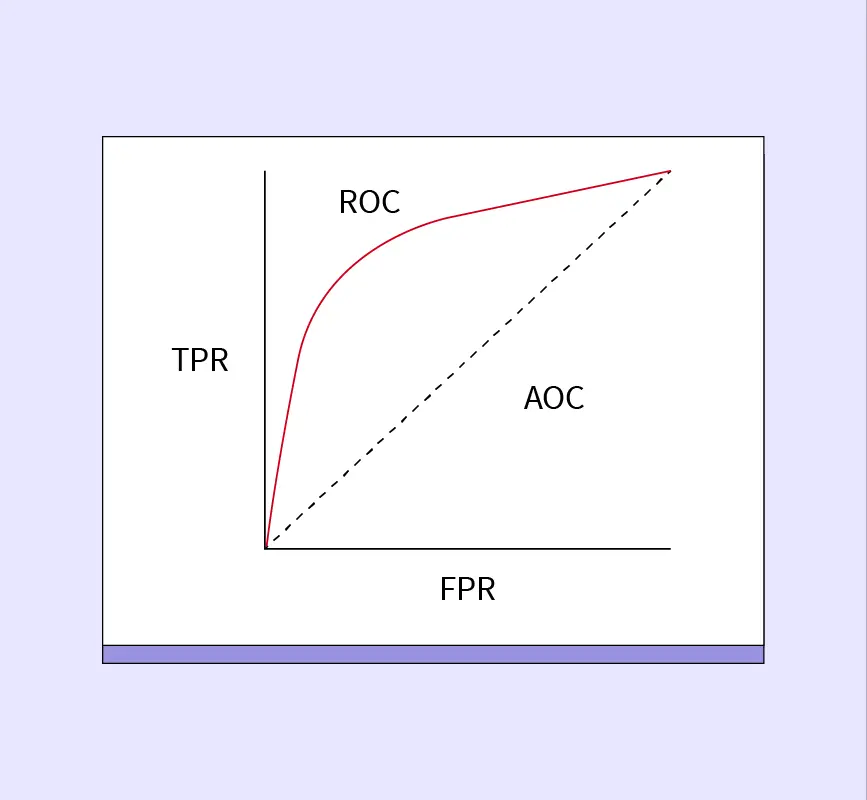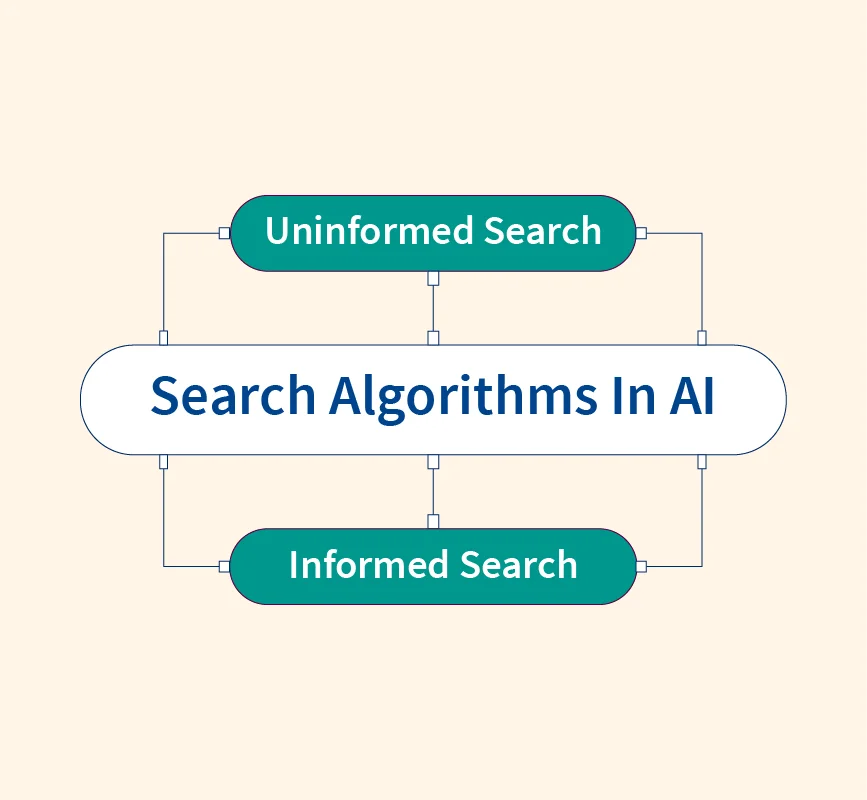In today’s data-driven world, efficient data management plays a pivotal role in driving business success. Organizations rely on structured systems to store, organize, and retrieve data for decision-making and operations. Two commonly used tools in this domain are databases and data warehouses.
A database is designed to handle real-time transactional data, supporting day-to-day operations, while a data warehouse consolidates historical data from multiple sources for analysis and long-term decision-making. Though both are essential for managing data, their purposes and functionalities are distinctly different. This article explores the key differences between databases and data warehouses, helping you understand their unique roles and use cases.
What is a Database?
A database is an organized collection of data that is stored electronically and managed using a Database Management System (DBMS). Databases are primarily designed to handle real-time operations and transactions, making them essential for day-to-day business activities. They store and retrieve operational data such as sales records, customer details, and inventory levels, ensuring that businesses can access up-to-date information instantly.
Key Features
- Transactional Processing (OLTP): Databases are optimized for Online Transaction Processing, supporting tasks like inserting, updating, and querying data in real-time.
- Real-Time Updates: Databases provide low-latency access to data, ensuring immediate reflection of changes for operational efficiency.
- Examples of DBMS: Popular database systems include MySQL, PostgreSQL, Oracle DB, and Microsoft SQL Server. These platforms enable efficient data management and ensure data integrity.
Advantages of Databases
- Support for Frequent Updates: Databases are ideal for applications requiring continuous data updates, such as e-commerce platforms or banking systems.
- Efficient Handling of Structured and Semi-Structured Data: While primarily designed for structured data, modern databases can also manage semi-structured formats like JSON or XML, enhancing their flexibility.
Databases are indispensable tools for managing real-time, operational data, providing organizations with the ability to perform transactions and access information with speed and accuracy.
What is a Data Warehouse?
A data warehouse is a centralized repository designed to store large volumes of historical data collected from multiple sources. Unlike operational databases, data warehouses are optimized for analysis and reporting, supporting business intelligence (BI) efforts. They enable organizations to derive insights, identify trends, and make data-driven decisions by consolidating data into a structured format suitable for long-term storage and analysis.
Key Features
- Analytical Processing (OLAP): Data warehouses are optimized for Online Analytical Processing, handling complex queries and aggregating data for in-depth analysis.
- Integration of Data from Multiple Sources: Data warehouses combine data from disparate sources, such as transactional databases, CRM systems, and external APIs, ensuring a unified view of the organization’s data.
- Examples of Data Warehousing Solutions: Popular tools include Snowflake, Amazon Redshift, Google BigQuery, and Microsoft Azure Synapse Analytics, which provide scalable and efficient platforms for managing and analyzing data.
Advantages of Data Warehouses
- Optimized for Complex Queries: Data warehouses are built to handle large-scale reporting and analytics, enabling organizations to process vast amounts of data efficiently.
- Single Source of Truth: By consolidating historical data, data warehouses eliminate silos and provide a consistent, unified view of organizational information, ensuring accuracy in reporting and decision-making.
Data warehouses are crucial for businesses aiming to leverage data for strategic insights and gain a competitive edge in their respective industries.
Differences between Database and Data Warehouse
Databases and data warehouses serve distinct purposes in data management. Below is a comprehensive comparison table, including their core characteristics and specific use cases, to illustrate their complementary roles in supporting both operational efficiency and strategic decision-making.
| Aspect | Database | Data Warehouse |
|---|---|---|
| 1. Purpose | Databases are designed for day-to-day operations, supporting transactional processing (OLTP). They handle frequent updates, enabling businesses to track real-time activities such as order processing and customer interactions. | Data warehouses focus on historical data analysis and analytical processing (OLAP), providing insights for long-term decision-making and strategic planning. |
| 2. Data Structure | Databases store current, detailed data in a normalized structure, which reduces redundancy and ensures consistency. This structure is ideal for maintaining operational integrity. | Data warehouses store aggregated and denormalized data, structured for fast querying and analysis. This design enables businesses to process large-scale analytical queries efficiently. |
| 3. Data Processing | Databases are optimized for OLTP, supporting high volumes of transactions, including frequent inserts, updates, and deletes. Examples include recording customer purchases and updating stock levels. | Data warehouses excel in OLAP, allowing businesses to run complex queries and aggregations, such as analyzing yearly sales trends or forecasting future demand. |
| 4. Speed and Performance | Databases prioritize real-time transactions, providing quick responses to support operational needs, such as live inventory updates or financial transactions. | Data warehouses are optimized for batch processing and large-scale data analytics. While they handle extensive data, their performance is not tailored for real-time updates. |
| 5. Data Sources | Typically, databases collect data from a single source, such as an operational system or application. For example, an e-commerce database records orders from the website. | Data warehouses integrate data from multiple sources, including databases, APIs, and external systems. This consolidated view enables comprehensive analytics and reporting. |
| 6. User Base | Databases are used primarily by operational teams, such as customer service representatives, sales teams, or administrative staff, who rely on real-time data to perform tasks efficiently. | Data warehouses are utilized by business analysts, data scientists, and decision-makers who extract insights to guide organizational strategy and decision-making. |
| 7. Data Lifespan | Databases are designed to maintain short-term, real-time data that reflects current operations. For example, a database records daily sales transactions. | Data warehouses store long-term historical data, enabling businesses to perform trend analysis, track performance over time, and develop predictive models. |
| 8. Use Cases | – Managing E-Commerce Transactions: Real-time recording of customer orders, payments, and returns. – Real-Time Inventory Tracking: Updating stock levels instantly after sales or replenishment to ensure accurate inventory management. | – Historical Sales Analysis: Analyzing multi-year sales data to identify seasonal trends and forecast demand. – Generating Business Intelligence Reports: Consolidating data from various sources to create dashboards and visualizations for executive decision-making. |
Conclusion
Databases and data warehouses are both indispensable tools for managing data, but they serve distinct purposes. Databases excel at handling real-time transactions and supporting operational efficiency, while data warehouses are optimized for analyzing historical data to drive strategic decision-making. Key differences lie in their structure, processing capabilities, and user base, with databases catering to operational teams and data warehouses serving analysts and decision-makers.
Both tools are essential for effective data management. Organizations should evaluate their specific needs—whether focused on day-to-day operations or long-term insights—and choose the right solution to maximize their data’s value and support their goals.
Read More:
References:


